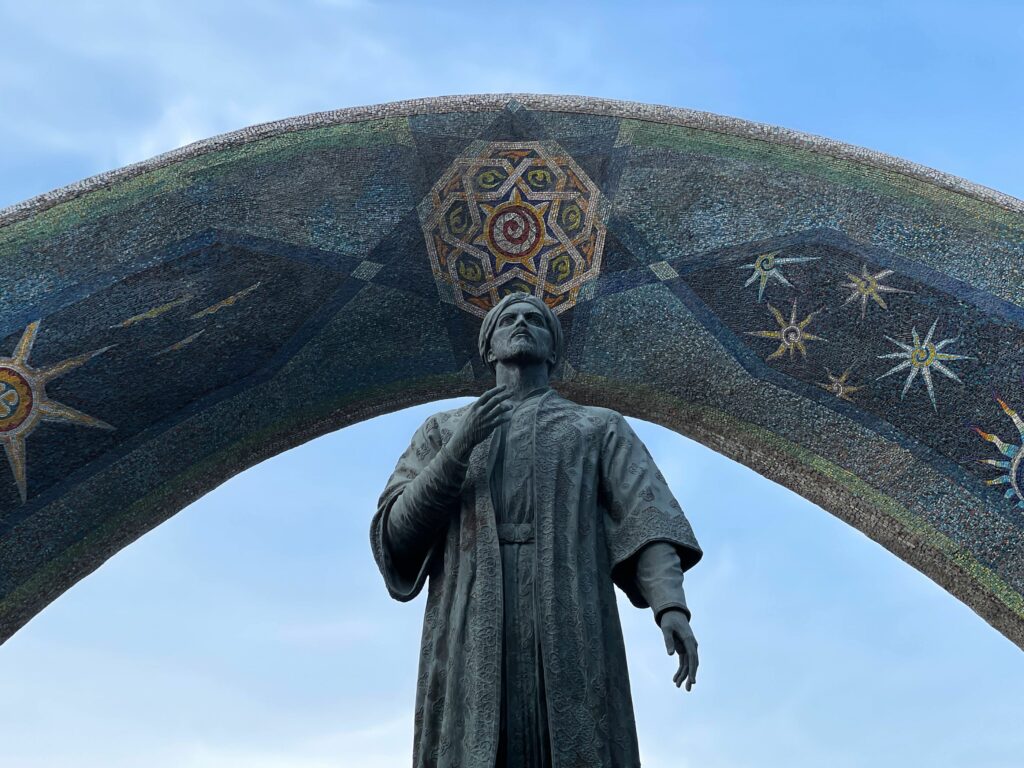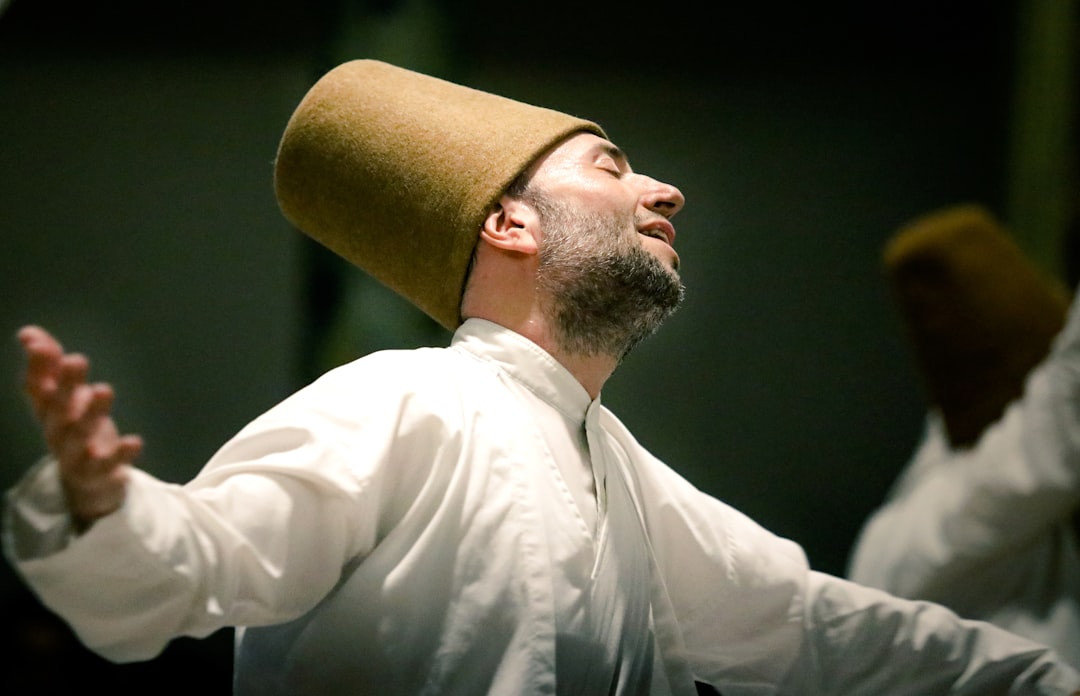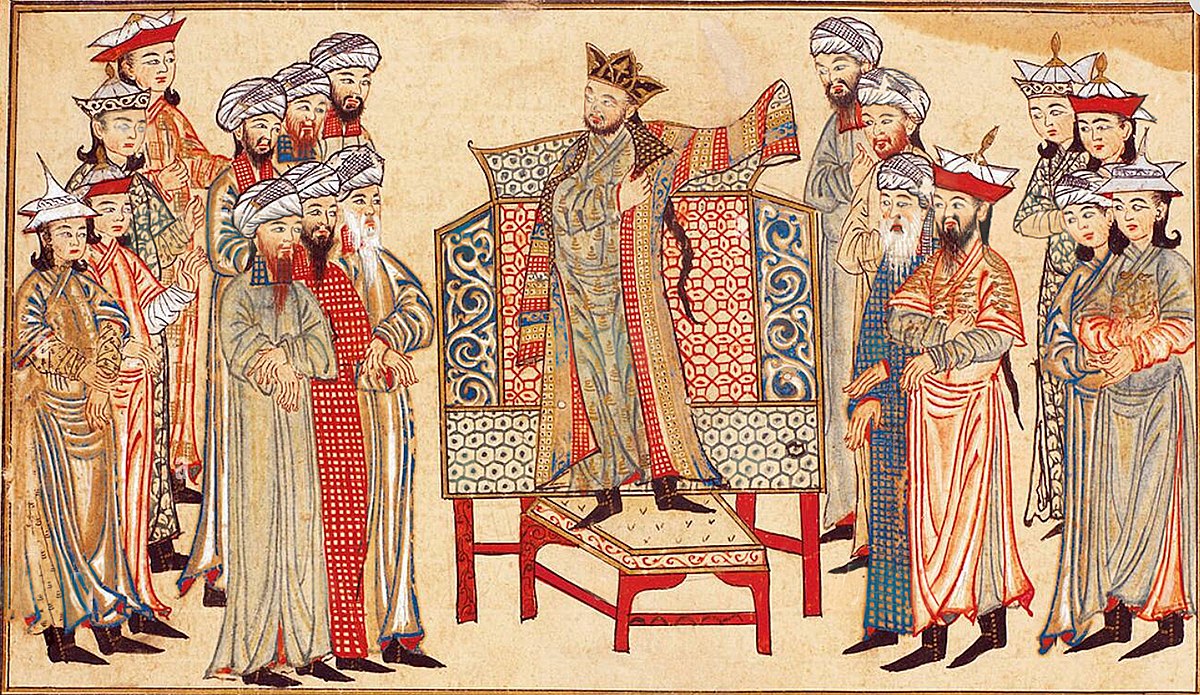Introduction
Long before the glittering epics of Ferdowsi or the transcendent verses of Hafez, there lived a poet whose verses formed the bedrock of Persian literary tradition. Abu Abd Allah Ja‘far ibn Muhammad Rudaki—simply known as Rudaki—has come down to us as the “Father of Persian Poetry.” Yet, piecing together Rudaki’s life and work is more akin to assembling a mosaic from scattered fragments than reading a neatly preserved manuscript. In this post, we’ll journey through the echoes of his legacy, explore the methods scholars employ to reconstruct his oeuvre, and reflect on why Rudaki remains a towering figure in world literature.
The Historical Canvas
Born around 858 CE in the village of Panjrud near Samarkand, Rudaki flourished under the Samanid dynasty—a dynasty that championed Persian language and culture at a time when Arabic dominated the Islamic world’s courts and intellectual circles. The Samanids, ruling over Khorasan and Transoxiana, fostered a Persian renaissance, making their courts a crucible for artistic and literary experimentation. It was here that Rudaki, celebrated for his musical talent as much as his poetry, found royal patronage and an eager audience for verse in the vernacular tongue.
Reconstructing a Life from Fragments
Unlike later poets whose biographies are more thoroughly documented, Rudaki’s life emerges through scattered references, biographical dictionaries (tazkiras), and the occasional anecdote preserved by later writers:
-
Tazkiras and Chronicles. Medieval biographers such as Dawlatshah Samarqandi and Awfi quote anecdotes—Rudaki’s humility before royalty, his unparalleled gift at the poet’s gathering—but these often conflict on dates and details.
-
Court Records. We know he enjoyed favor under the Samanid emir Nasr II until court politics and changing tastes led to his fall from grace around 930 CE, after which he reportedly spent his final years in poverty.
-
Oral Tradition. Some verses attributed to Rudaki survive because they were memorized and propagated by generations of oral reciters, a testament to his lines’ memorability and musicality.
Because of this patchwork record, scholars often emphasize context over certainty: we may not know Rudaki’s exact date of birth or the precise circumstances of his death (likely around 941 CE), but we can grasp the cultural world he inhabited.
Surviving Works and Fragmentary Echoes
Contemporary scholars estimate that Rudaki composed over 180,000 couplets of poetry in his lifetime—a staggering corpus rivaling that of Firdausi’s Shahnameh. Yet only about 1,100 of Rudaki’s verses survive today, scattered across manuscripts, quotations in later works, and anthologies. These fragments include:
-
Ghazals and Qasidas. Short lyrical poems and odes praising patrons or expressing love and nature.
-
Masnavis. Narrative couplets—snippets of longer tales that hint at lost epic cycles.
-
Rubaiyat. Four-line strophes that prefigure the form later immortalized by Omar Khayyam.
Modern researchers painstakingly verify attributions by analyzing linguistic style, meter, and thematic parallels with Arabic and Persian contemporaries. Digital humanities projects have even begun compiling searchable databases of Rudaki’s extant couplets, mapping their themes and linguistic features.
A Literary Innovator
Even in fragmentary form, Rudaki’s verse showcases several hallmarks that would shape Persian poetry for centuries:
-
Natural Imagery. His similes cast everyday elements—spring breezes, wildflowers, singing birds—as metaphors for human emotion.
-
Musicality. As a trained singer and musician, Rudaki’s lines are noted for their rhythmic grace, often set to melodies at court gatherings.
-
Human Warmth. Unlike the more austere Arabic verse of his day, he wrote with an earthy humanity—praising friends, consoling the bereaved, or marveling at the divine in nature.
These innovations laid a blueprint for later luminaries: Ferdowsi’s epic meter, Sa‘di’s gentle wisdom, and Hafez’s velvet quatrains all trace roots back to Rudaki’s pioneering forms and themes.
The Enduring Legacy
Why does Rudaki matter to readers today? Beyond his status as the first major Persian poet in New Persian, his life and work offer lessons in cultural continuity and resilience. When political favor waned, so did his fortunes—but his verses, carried forward by human voices and ink-stained pages, refused oblivion. In modern Iran, Tajikistan, and across the Persian-speaking diaspora, Rudaki is celebrated in annual poetry festivals, schools bear his name, and statues stand as testament to his enduring influence.
For students of world literature, Rudaki reminds us that every literary tradition has a point of genesis—an audacious innovator whose voice cracks through time. Piecing together Rudaki’s mosaic is a way of honoring all those anonymous scribes, reciters, and archivists who preserved his fragments. Through their efforts, and through our ongoing scholarship, the “Father of Persian Poetry” continues to speak across the centuries, inviting us to listen, translate, and marvel.
Conclusion
Rudaki’s story is as much about the survival of art as it is about artistic genius. Though most of his poetry lies lost, the couplets that remain glitter like stars in a night sky—offering glimpses of a vast celestial tapestry. As researchers unearth new fragments and digital tools map his influence, our understanding of Rudaki grows richer. In celebrating him, we celebrate the power of poetry itself: to outlast empires, to transcend language barriers, and to unite us in shared wonder at the beauty of words.





